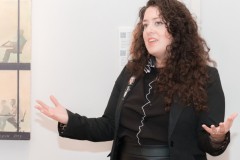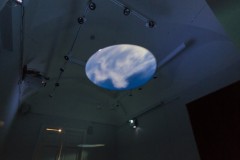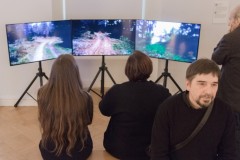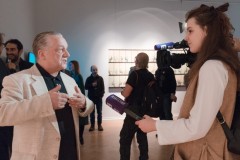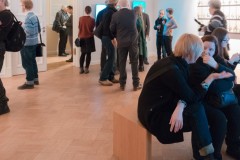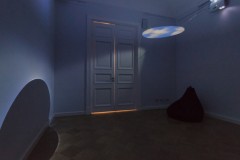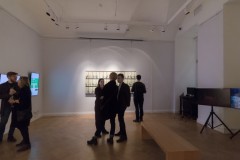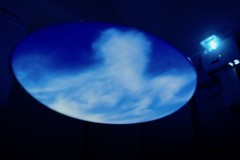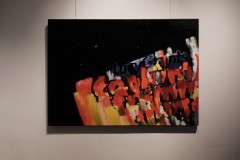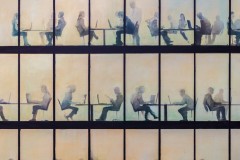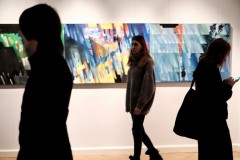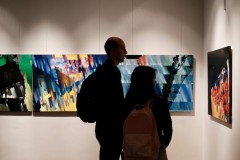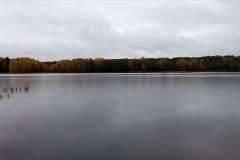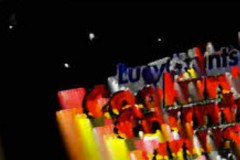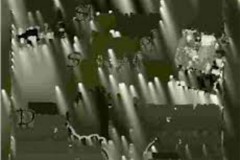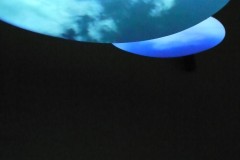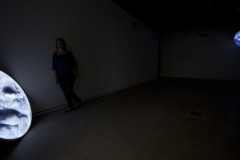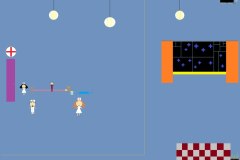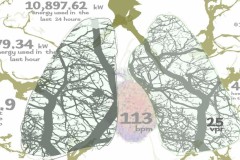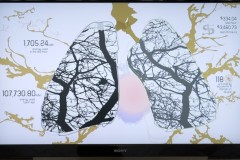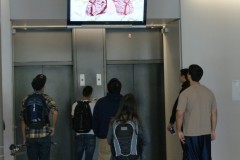PROXIMA
EXHIBITION PROJECT
February 3–12
Youth Educational Centre of the State Hermitage Museum
Сurated by Sofia Kudryavtseva (Russia), Elena Gubanova (Russia)
Сo-curated by Anna Zavediy (Russia)
The Proxima project (from Latin, meaning ‘‘nearest’’) unites artists which carry out observations of the world around. The represented works are all based on an attempt to get closer to things via various repetitive actions. The flow of imitations, the strive to recreate a kind of habitual landscape expose the fact that the perception of the nearest — objects and time — is ever mediated. We are only able to grasp fragmentary, to get close selectively and if doing so unable to recognize.
Photography by Anton Khlabov and Mikhail Borisov
PARTICIPANTS
Semyon Agroskin (Russia)
Alexey Varsopko (Russia)
Janine Randerson (New Zealand)
Elena Gubanova (Russia), Ivan Govorkov (Russia), Sergey Komarov (Russia)
Konstantin Salamatin (Russia)
Danielle Siembieda (USA)
WORKS
Semyon Agroskin (Russia) – Hive
Painting, 2017
We do not know how many people work on the creation of digital reality. And we do not even always understand where the material world ends and its computer continuation begins. The façade glass is a fragile border, behind which the cyber-reality gets constantly generated. There, through the glass, it is now a different dimension with different space laws.
AlekseyVarsopko (Russia) – Old Device and L.
Video installation, 2017
Technologies develop; device capabilities expand; velocities increase. Device models replace each other leaving the previous modifications in the past. Time of the old models is up, but they continue to live… Alexey Varsopko’s video installation consists of three screens (“old device”, “new model” and “cutting-edge model”) that simultaneously play three videos: a person takes three different paths to reach different approaches to the lake (“L.” in the work’s title).
Elena Gubanova, Ivan Govorkov, Sergey Komarov (Russia) – Abort! Retry! Ignore!
Painting, 2017
The project is at the junction of net art and found art. An archive of digital images was gathered in the internet by Sergey Komarov. Originally distinct and informative, they have become indistinct with time. The phenomenon’s nature has not been studied thoroughly, but it is known that users that owned the original files tried, in fact, to save them — and, possibly, for good. Elena Gubanova and Ivan Govorkov transferred these images into an old media — the pictures painted with oil on canvas — thus subjecting to destruction the “digit” as a mythologized eternity. Their paintings talk about the problems of storing the digital information that, unlike artifacts of the antiquity, did not even last a single century.
Janine Randerson (New Zealand) – Albedo of Different Clouds
Installation, 2015
Janine Randerson adopts weather as primary material for sensory experiences. This installation included the contributions of scientists, programmers, instrument technicians, social online networks and the vagaries of the weather itself. The project suggests that creative engagement with meteorological science can activate eco-political “networks” in Latour’s sense, productive of knowledge and potentially transformative. In such “meteorological art”, digital networks not only distribute facts about atmospheric data; they also generate affective forms. Weather instrumentation and media art are united in the pursuit of a creative outcome.
Konstantin Salamatin (Russia) – Medical Practice / Dacha
Computer graphics, 2016/2017
From the series “Drawings”
“Drawings” is a virtual gallery that has been in existence since 2015 as a group in the social network VKontakte. In this gallery, there is a collection of images done with a stylus in the paintbrush software Microsoft Paint. The project broaches subjects from the politics of access to the artist’s profession in the modern world to the forms of existence for artworks and the conditions for their inclusion into art history.
Danielle Siembieda (USA) – BURG Macro
Interactive installation, 2010
“BURG” (Building User Response Gadgets) is an artwork that anthropomorphizes a building by connecting energy systems (cold water, steam and electricity) with human-body systems (cardiovascular and respiratory systems). The overall objective for “BURG” is to create an aesthetic system for people to understand their building’s needs. Part of the purpose of the project is to design an interface for an EIS System that will ultimately lead to behavioral change or action.
CYFEST is sponsored by:


11th CYFEST in St. Petersburg, Russia
CYFEST 2018 St. Petersburg – Program
